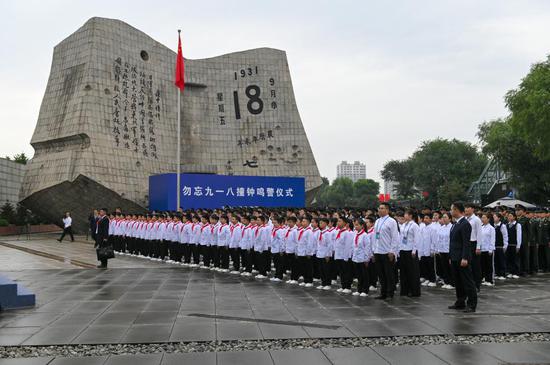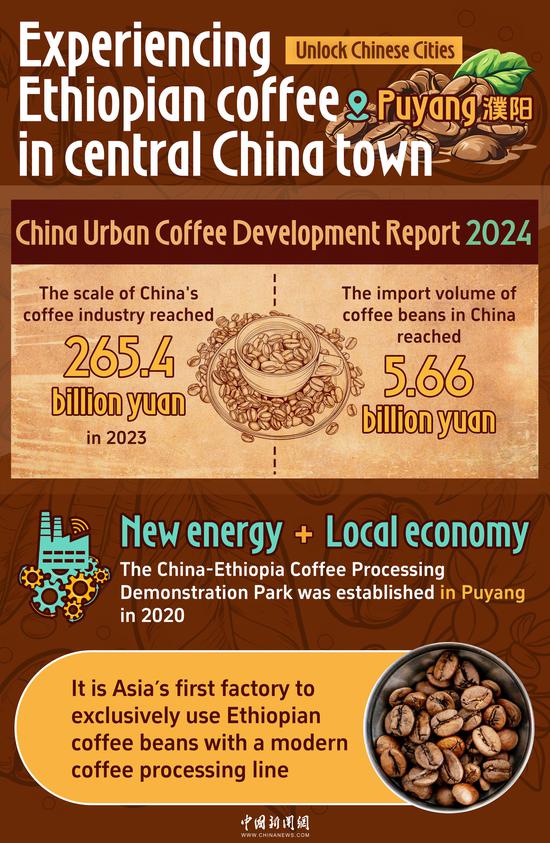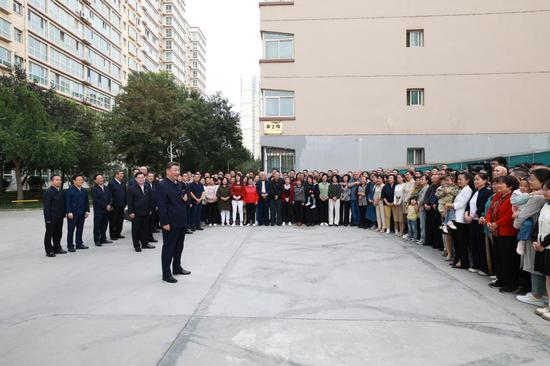Nation continues push to decrease reliance on grain imports by developing new crop varieties
Boasting over half of the country's soybean production, Northeast China's soybeans are renowned for their exceptional quality, thanks to a significant day-night temperature difference that provides a unique advantage in cultivation.
In the heart of the soybean belt lies Liaoning province and the Soybean Research Institute of Shenyang Agricultural University.
Focused on tackling critical bottlenecks in China's soybean production, the institute in recent years has bred 23 new soybean varieties, including two approved for commercial production by national authorities.
Collaborating actively with renowned research bodies such as the Chinese Academy of Agricultural Sciences and the Liaoning Academy of Agricultural Sciences, the institute has curated over 3,000 soybean germplasm resources from home and abroad. These resources are crucial to developing better-performing varieties.
Shennong 12, a nationally approved high-yielding and high-oil variety developed by the institute, has shattered yield records, surpassing 4.5 metric tons per hectare in trials in Liaoning.
"Its exceptional adaptability to high-density planting has transformed planting practices in the region, with densities soaring from 150,000 to 450,000 plants per hectare," the institute said in a statement provided to China Daily.
Authorities have long leaned on imported soybeans to make animal feed and cooking oil while focusing on achieving self-sufficiency in staple crops such as rice and wheat.
However, vulnerabilities in the global supply chain, among other factors, have prompted the Chinese government to ramp up domestic soybean production through the deployment of higher-yield varieties and expanding planting areas.
China imported 160 million tons of grain last year, with soybean accounting for 99.4 million tons, official data showed.
The country will reduce its soybean imports to 78.6 million tons by 2033, according to the China Agricultural Outlook 2024-33 report, which was compiled by the Ministry of Agriculture and Rural Affairs' market early warning expert committee, and released in April.


















































 京公网安备 11010202009201号
京公网安备 11010202009201号